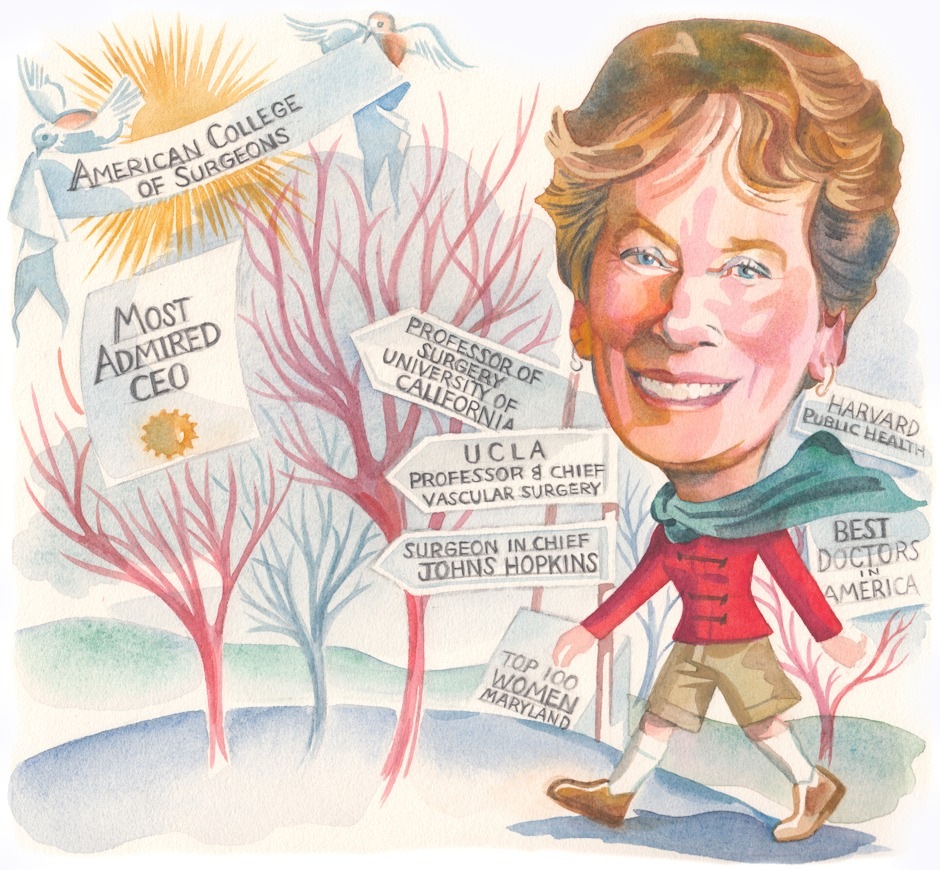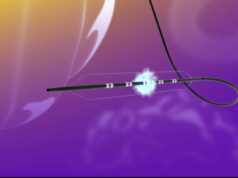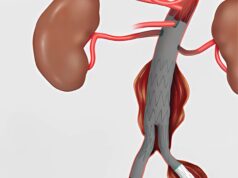
From her initial exposure to the field of vascular surgery as an intern to becoming the first female president of the Society for Vascular Surgery in 2013, Julie Ann Freischlag speaks to Vascular News about her career so far. Following her recent appointment as president-elect of the American College of Surgeons for 2020–2021, Freischlag contemplates her goals for the presidency, hoping to take forward some positive developments that have emerged during the COVID-19 pandemic—such as the use of telehealth—and also to continue the work of her predecessors on promoting vascular workforce diversity. Looking to the future, Freischlag predicts that prevention of vascular disease will improve, but stresses that patient education is needed in order for this to be successful.
What led you to pursue a career in vascular surgery?
My initial exposure to the field was as an intern—my first two months were on vascular surgery and Wesley Moore had just become the new division head. The operations were exciting and the other faculty—Ron Busuttil, Wiley Barker, Herb Machleder, and Denny Baker—were so fun to operate with and the new procedures were exciting to do. Plus, those vascular patients became your patients for life, which I loved. I also enjoyed the three-dimensional reconstruction of the arteries, such as the femoral or carotid bifurcation.
Who have been your professional mentors and what have they taught you?
I have had a number of professional mentors: Jon Towne, who taught me how to lead with passion and focus on the patient; Bob Hye, who showed me how to be the very best person every single day; Wesley Moore, who demonstrated how to be the best vascular surgeon in all aspects; Ron Busuttil, who taught me how to be technically excellent; Mike Zinner, who instructed me how to lead in adversity; and Ed Miller, who demonstrated how to be an institutional leader.
How have you seen the vascular field change over the course of your career?
The excellent outcomes we now can achieve in patency rates and low mortality rates are amazing, plus the endovascular revolution! We also know from the Vascular Quality Initiative (VQI) and other outcomes assessment whether a procedure works for a certain patient.
When I began my career in vascular surgery, we were doing some of the procedures, such as distal bypasses, for the first time, and we did not know patency rates or the incidence of complications. We learned over time as well about the cardiac complications that could occur, and how to predict and also treat them.
How do you anticipate the field might change in the next decade, and what developments would you most like to see realised?
One of the things I anticipate is better prevention of disease. We have seen improvements due to a decline in smoking, but better exercise and diet, and treatment of high cholesterol and high blood pressure will also yield positive results.
In addition, as our vascular patients are living longer and better lives, I expect to see improved longevity of endovascular devices, so that patients can enjoy them without reintervention.

In the last year, which new research paper has caught your attention?
The OVER trial by Frank A Lederle et al, published in May 2019 in the New England Journal of Medicine, of course, showing that the anatomy really matters in predicting long-term outcomes of endovascular treatment for abdominal aortic aneurysm (AAA).
What are your current areas of research?
Currently, my research is focused on outcomes for thoracic outlet syndrome patients utilising surgery, physical therapy, and botox injections.
Additional areas of research involve work with a racial equity taskforce on how to improve the diversity of our pipeline of learners, and to improve access to healthcare for those who are disadvantaged due to their socioeconomic status. Through work with this taskforce, I am also part of a team aiming to be sure that everyone is comfortable taking the COVID-19 vaccine.
What advice would you give to someone starting their career in vascular surgery?
My advice would be to enjoy it along the way and always put your patient first, to always tell the truth and be open and transparent, to take time along the way to enjoy your family and friends, and to be kind to everyone, as they will then be kind back to you.
What are the biggest challenges currently facing vascular surgery?
I think one of the biggest challenges facing vascular surgery at the moment is preventing vascular disease; if we do not prevent it, we will have too many patients who need treatment. We need to be able to perform fewer procedures, as the cost and complexity of these interventions—although interesting and challenging— are making our health system unaffordable. Educating our patients so that they can participate with us in preventing and treating their vascular disease is really important.
How well do you think institutions are doing in assisting more women into following a career in vascular surgery, and could this be improved?
The number of women going into vascular surgery is increasing. One of the reasons for this is that students and residents see women vascular surgeons now and know that they too can pursue that career. The issues of work–life balance will always be there, but this exists for both women and men.
We do need to improve on the calling out of both macro- and micro-aggressions, most of which are aimed at women and others who are not white male surgeons. This is getting better, as the new generation is much more diverse in their thinking.
We also need to teach leadership in medical school. We can all lead and we all need to lead—whether it is your division, your team in the operating room, your research laboratory, or your group practice—we all can lead and make the experience for our patients and co-workers better. Women need to ask for and take leadership positions because when you are in charge, you can make the rules. When you are not in charge, you can only influence.
Could you tell us about one of your most memorable cases?
One of my most memorable cases is when I operated on an infected aortic graft in Milwaukee when I was seven months pregnant. We took out the infected graft and then took a break for pizza before we did the axillobifemoral. I remember sitting on a stool during the procedure feeling so tired. The patient did well and left the hospital in two weeks.
What do you hope to achieve as president of the American College of Surgeons?
I hope to be able to continue the work of J Wayne Meredith in racial equity for our patients and to increase the number of diverse individuals who become surgeons. Presently, 30% of vascular surgeons are women and only 2.5% of vascular surgeons are African American.
Also, I hope to lead post-pandemic in a way that makes us keep the good things we learned from the situation, such as virtual meetings, telehealth visits— especially for postoperative patients—and flexibility in all aspects of the workplace. We need to better understand the disparities in healthcare access and outcomes in order for us to be much better healthcare providers for all in the future.
How do you like to spend your time outside of work?
I like to spend my free time swimming, walking, reading fiction and leadership books, doing crafts, travelling—when we were able to—and sending gifts to my four grandchildren.












